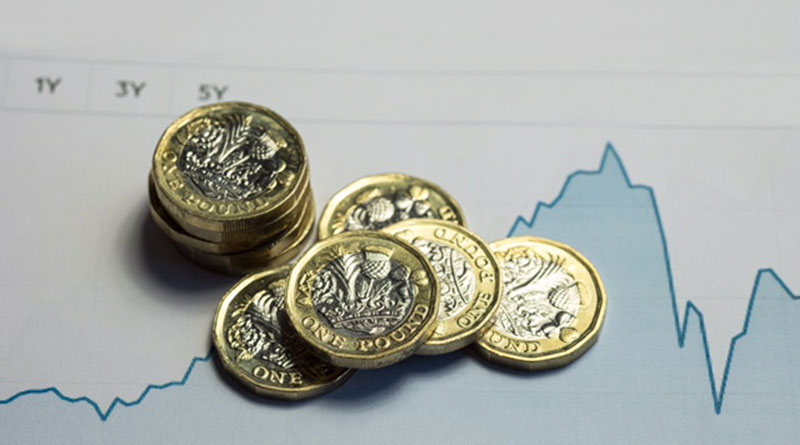Hospitality Responds To Latest Inflation Figures

Dropping gas and electricity costs have brought UK inflation to its lowest point in nearly three years.
Prices increased by 2.3% in the year leading to April, down from 3.2% the previous month, according to official data.
Prime Minister Rishi Sunak said the figures marked a “major moment for the economy, with inflation back to normal”.
The Bank of England predicted earlier this month that it had expectations that inflation would fall “close” to its target level soon.
Kate Nicholls, Chief Executive of UKHospitality, said: “Hospitality has weathered unprecedented costs, including from government policy. Today’s inflation data continues 18 months of improvement and we are now at a normal level of inflation.
“The trend is clear, and the Bank of England can now act with confidence. It’s time for interest rates to come down to support businesses investing in their growth. We should be ahead of the curve not behind it.”
Commenting on the latest ONS inflation data for April 2024, Barret Kupelian, UK Chief Economist at PwC UK states:
“Headline inflation stood a whisker away from its target at 2.3%. Thirty three months after consumer price inflation overshot its target, some relief will have washed over Bank of England policy makers this morning as it continued its dowards descent and is just thirty basis points above target.
The main driver for this was the lowering of the household energy price cap. Goods price inflation has now turned negative, which coupled with real wages increases, is likely to mean that there could be some shift between services and goods spending towards the latter. Food prices grew marginally.
So what does this mean for the next few months? The Bank is already setting up the choreography for cuts to its rate later this year. However, one of the key indicators it is watching released today, service price inflation, came higher than expected. This probably means that a June rate cut is now looking less likely than anticipated before the release.”
Lisa Hooker, PwC UK Leader of Industry for Consumer Markets comments:
“As expected, headline inflation has fallen significantly from 3.2% in March to 2.3 % in April, thanks in large part to the lower energy price cap as well as lower grocery price inflation. This is the lowest CPI figure since July 2021 when it was 2%.
However, while headline inflation fell, services inflation only saw a minor reduction from 6% to 5.9 % meaning that CPI has not fallen as quickly as it might have done.
Meeting the Bank of England’s 2% inflation target in April was always going to be a fine balance between the downward forces of cheaper utilities and easing grocery prices, and stubbornly high wage inflation driving services prices upwards. Indeed restaurants and hotels saw an increase in inflation. In addition, April also saw large rises in telecom and media prices, many of which are pegged to much higher inflation rates from several months ago.
While lower inflation – together with wage and benefit increases and national insurance cuts – have had a tangible positive impact on household finances, both overall consumer sentiment and retail spending have yet to reflect this with subdued retail sales this year.
This should come as no surprise, given that prices are still on average over 20% higher than they were three years ago, meaning that our pounds no longer stretch as far as they once did. It will take further sustained lower inflation for shoppers to rebuild confidence and return to increased discretionary spending.
Retail and leisure operators will be hoping that the downward inflationary trend is no flash-in-the-pan, and all eyes will be on whether ‘core inflation’, which excludes food and energy, can also turn a corner as wage pressures ease in coming months.
Also there are concerns about food inflation returning as the wet weather has impacted farming costs and crop yields.”
Nicholas Hyett, Investment Manager, Wealth Club added, “Inflation hasn’t fallen quite as much as economists had expected, but it is back within the Bank’s target range for the first time in nearly three years. That’s a relief for families and businesses who’ve struggled with rapidly rising prices, but also for Bank Governor, Andrew Bailey – who, for the first time in a long time, won’t be penning a letter to the Chancellor setting out what the Bank is doing to get inflation back under control.
“However, the Bank’s job is still far from over.
“With inflation back at target, the danger now is that high interest rates start to suffocate the economy. All eyes will be on the MPC next month to see whether they will cut interest rates. That decision isn’t made easier by Core Inflation, which excludes the effect of global food and energy prices and remains far higher at 3.9%.
“Does the Central Bank cut in June, or take advantage of the fact inflation came in a touch higher than expected and hold off until its August meeting? Movements in currency markets this morning suggest an August cut just became a little more likely.”
